The post Capture Epic Photos Outside the Golden Hour with these Easy Photography Tips appeared first on Digital Photography School. It was authored by Jeremy Flint.

The golden hour is one of the most magical times of the day for photography with wonderful light at sunrise and sunset. Yet, have you ever challenged yourself to photograph around these times? You can still capture amazing photos outside the golden hour and here are some ways you can achieve this:
Shoot during the Blue Hour

The blue hour is a fantastic window of opportunity where you can create some stunning images. It refers to the period of twilight when the sun is well below the horizon, and residual, indirect sunlight takes on a predominantly blue shade. The blue hour generally lasts for 20-30 minutes and occurs just after sunset and just before sunrise.
It is important to use a tripod when capturing images in low light. Sharper images will also result from using a tripod by minimizing camera shake when using a slower shutter speed. In terms of the best subjects to photograph during the blue hour, start with cityscapes, roads with street lights, roads with traffic, bridges, fairs, wharves, and marinas.
Include electric lights for dramatic effect and use the extra light to add interest to epic scenes. Most of all, be creative and capture the artificial and natural light together. The warmer tones of illuminated buildings can blend beautifully with the cool blue hues of the sky.
Shoot at night

Don’t be in a hurry to put the camera away after the blue hour. There are still more opportunities to take great photos outside the golden hour and blue hour with night photography.
Although the natural light will have faded away, other photographic moments awaken.
Regarding city scenes, the sky will appear darker, and as a result, it can help make other city landmarks and street lights stand out.
Using moonlight can be a brilliant way to capture epic scenes as it paints the landscape or photographing it within a wider frame. Then there is the night sky, which can present wonderfully scenic photos. You can shoot stars, star trails, and even the northern lights.
Combine any of these with the landscape, and they are a recipe for epic images.
Shoot in the midday sun

Most people tend to avoid photography during the middle of the day, preferring to shoot during the golden hour. Well, challenge yourself to capture photos outside the Golden Hour by shooting at this time of day, and you can be greatly rewarded.
Although the light can indeed be harsh with the midday sun directly overhead, think outside the box. Subjects are well-illuminated, so look for colors that may stand out.
Blue skies can look great with cityscapes. Colorful buildings or flowers can look amazing with a backdrop of a clear blue sky or fluffy white clouds. Also, some cloud cover that reveals patterns of light over a nice landscape scene can look great.
Another option is to shoot the light reflecting indoors. You can head to your local market or capture the interior of a building. Both locations can be great for capturing images at midday.
Shoot when the sun is lower in the sky

During the winter, daylight is reduced, and we all like to stay in and enjoy the comforts of our home. However, this is a great time to get out and be creative with your camera to capture some awe-inspiring, majestic winter images. At this time, the sun arcs lower in the sky, which is perfect for getting some memorable photos. As this happens throughout the day, you can get some good images at any time.
Watch how the sun stays low and casts long and dramatic shadows and capture this in your images. Use shadows to support your main subject and to give a sense of scale.
Shoot in the morning light

One of the best times to take photos outside the golden hour is in the morning.
If you shoot after the hour following sunrise when the light is still good, you can get some great images. Whether you find yourself on a trip or in your local area, there is always a morning photography opportunity.
You can photograph landscapes or cityscapes by aiming your camera towards the sun whilst it is still rising. Alternatively, turn around and photograph the gorgeous light painting the land or city behind you.
If you are in a warmer climate, the temperature can be good at this time of day before it can get too hot to be carrying around all your camera equipment. If you like to photograph street scenes and people, head to some of the busier streets as more and more people will be around as the day warms up.
Look for any interesting activity and capture epic scenes of these subjects – they can really be worth the early morning start.
Conclusion
Remember, you can achieve awesome images when shooting at a variety of times outside the golden hour. Choose a time to take your camera out and go and do it!
Do you have a preferred time for taking amazing images besides the golden hour? Share the images you capture with us below.
The post Capture Epic Photos Outside the Golden Hour with these Easy Photography Tips appeared first on Digital Photography School. It was authored by Jeremy Flint.
















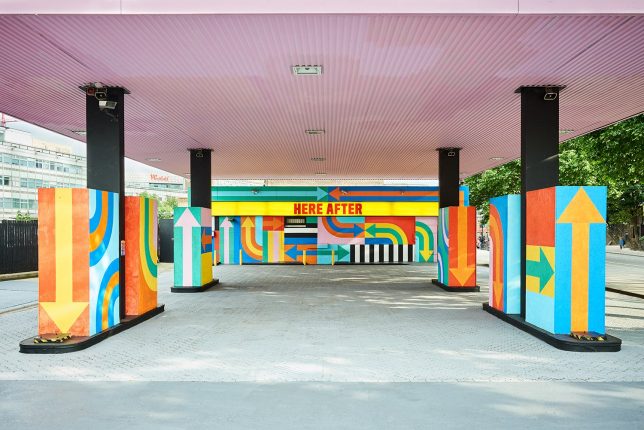
































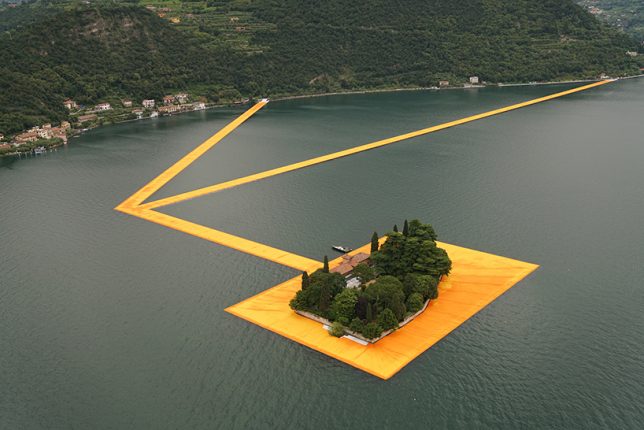



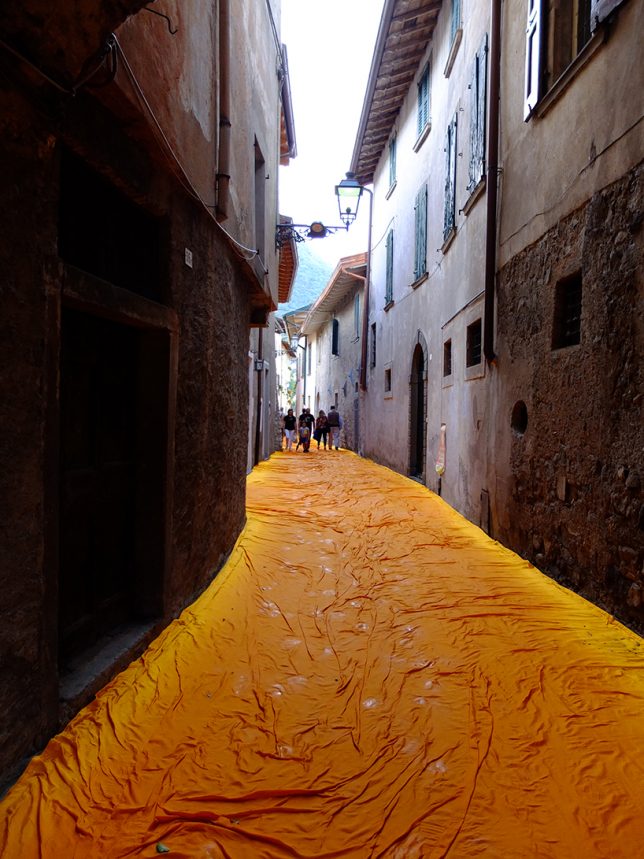



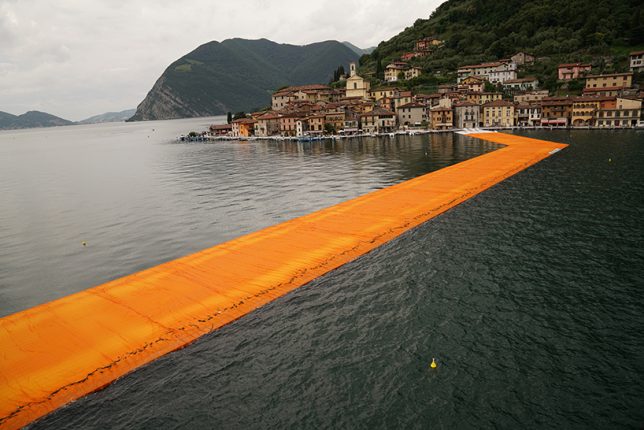














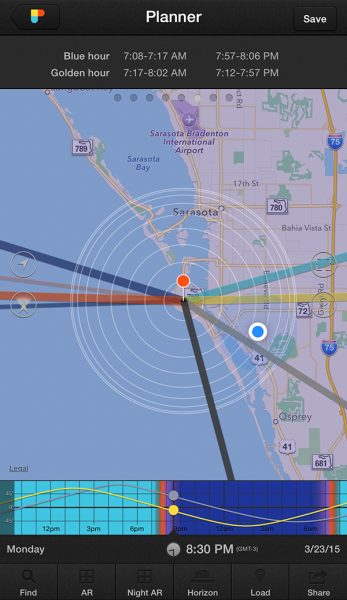 Helpful Apps
Helpful Apps




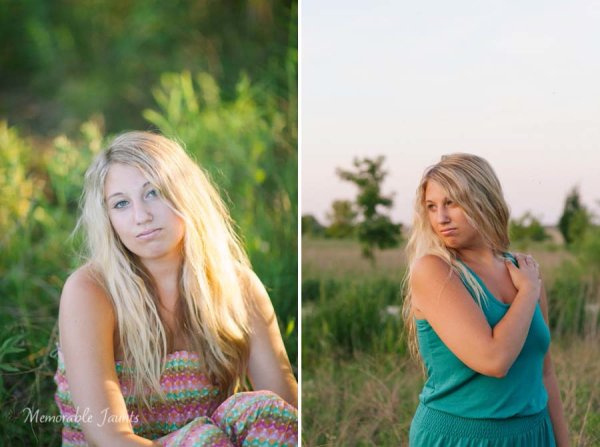

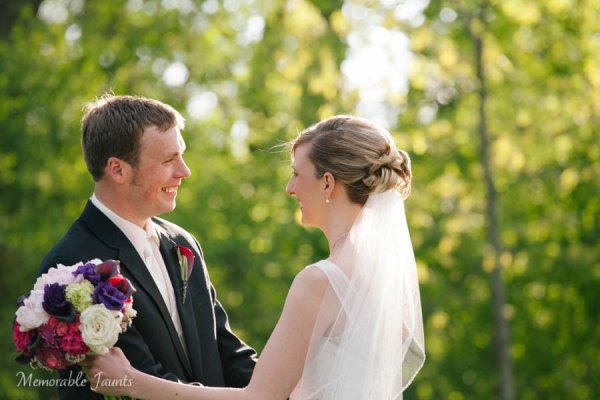

You must be logged in to post a comment.